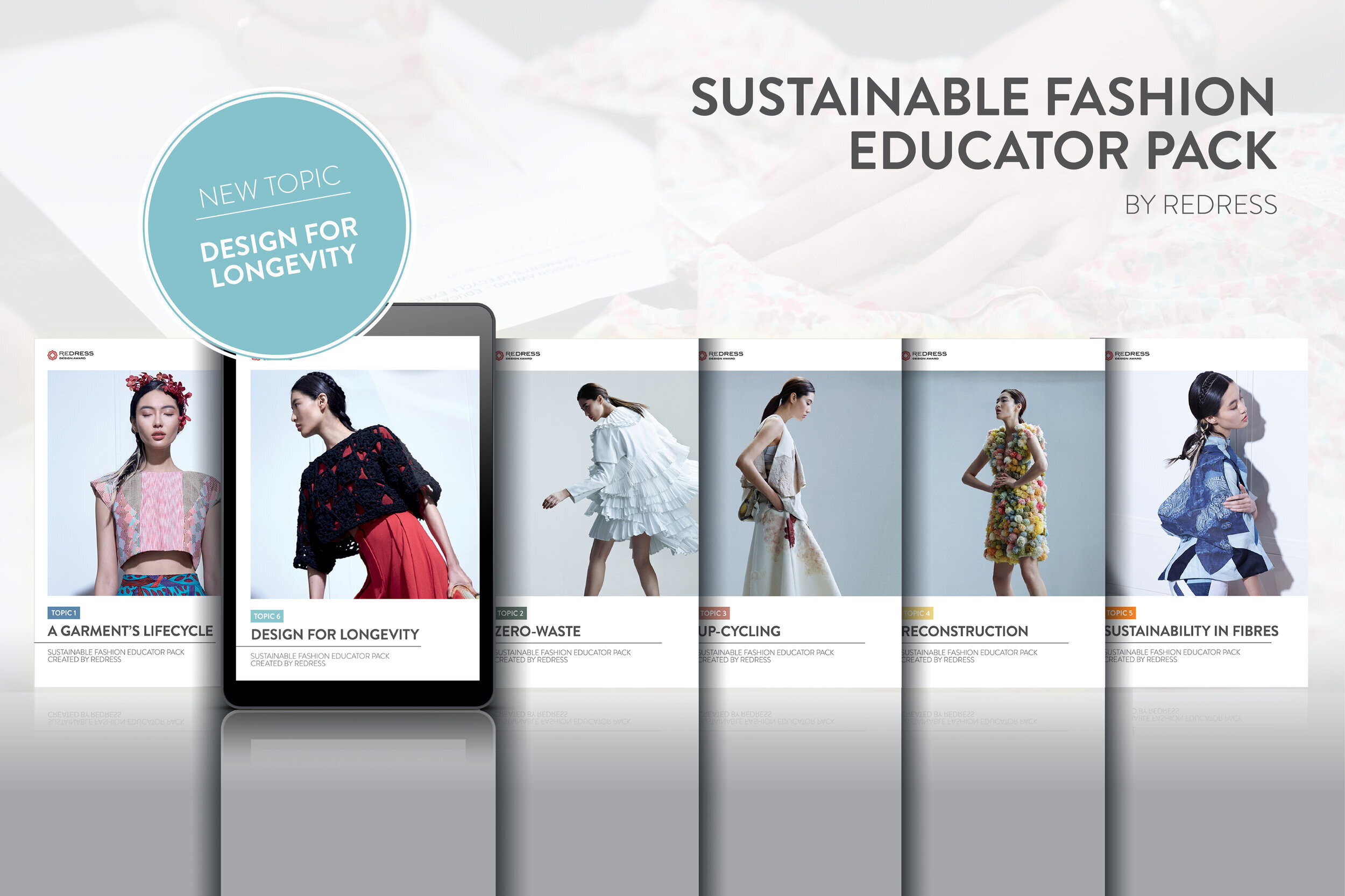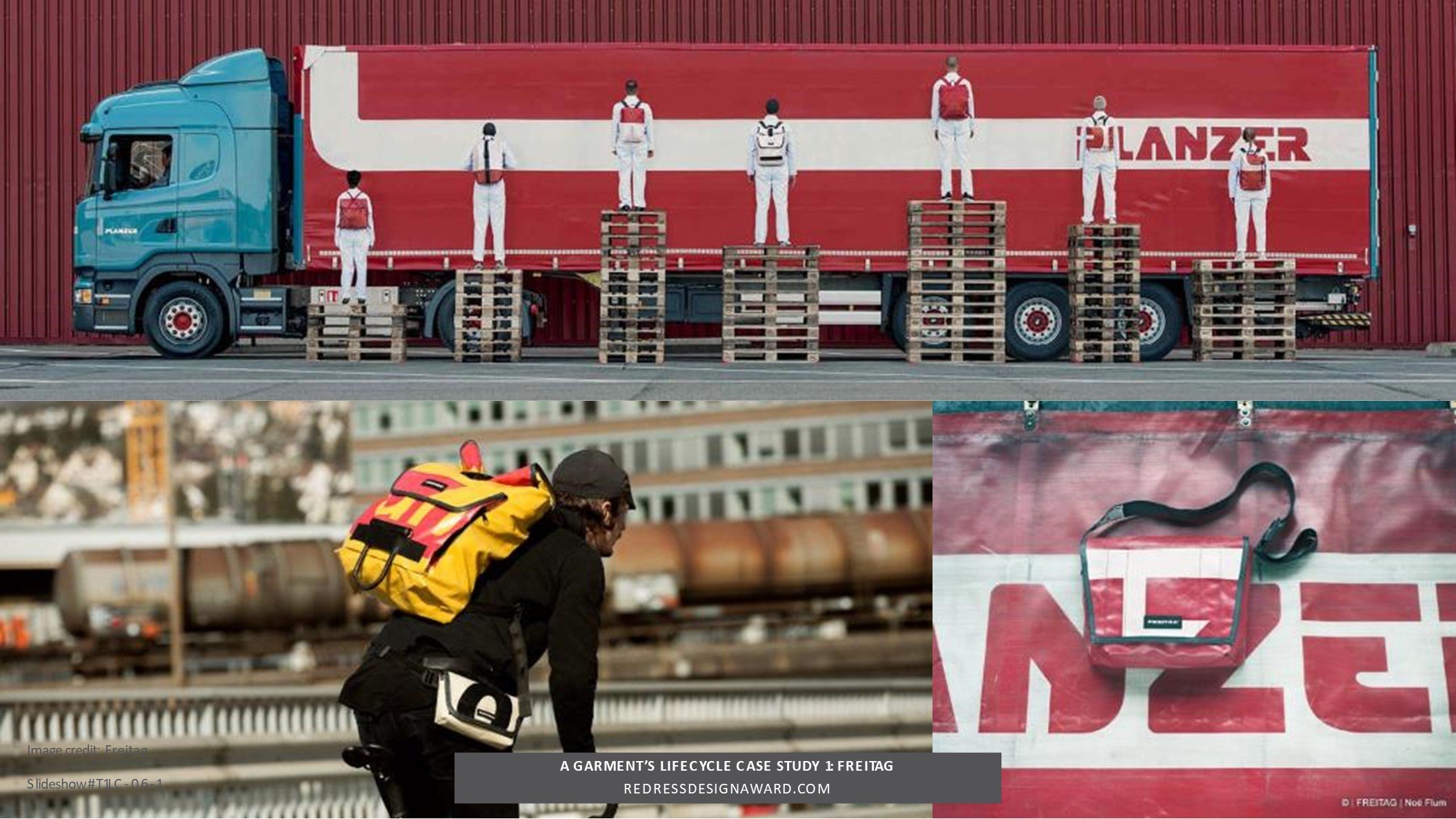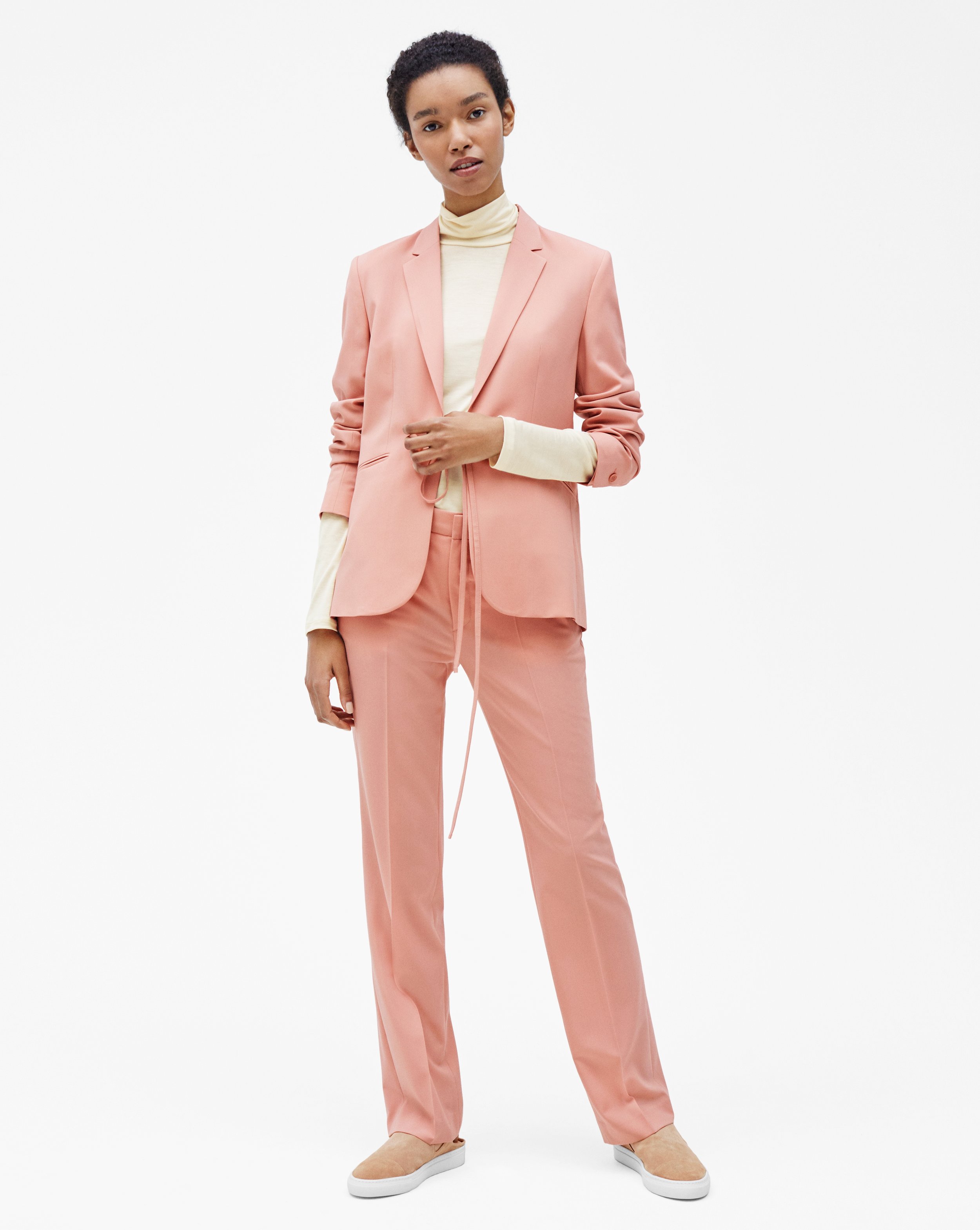Design & Development
Resources
Design & Development
With about 80% of a product’s environmental impact locked at the design stage, every design decision has an impact. Explore the resources to learn how to implement the four core circular design strategies.
Design For Low Waste
With the equivalent of one garbage truck of textiles landfilled or burned every second, and the volume continuing to rise steadily worldwide due to increasing production, consumption, and casual disposal of clothing, we increasingly must minimise the waste we leave behind.
Design for Low Waste is a strategy to tackle the waste issue at source, by:
- Minimising the creation of textile waste at the onset
- Revaluing textile considered waste by the industry
Design for Low Impact Materials and Processes
When textile products are made, the processes used are often harmful to the environment. They may be done to increase efficiency or reduce costs, but come at the expense of our planet and people. Globally, up to 20% of industrial water pollution comes from textile dyeing and finishing.
Design for Low Impact Materials and Processes is a strategy to eliminate negative impacts at every step of the value chain, by:
- Understanding fibres and their impact
- Selecting the best-in-class processes
- Tracking the impact of the products created to have a clear picture on which steps are the most waste generating and energy, water, and chemical intensive.
Design for Longevity
Actively using clothing for an extra nine months can reduce carbon, waste, and water footprints by 20-30%. By creating clothing with longevity in mind, we can reduce fashion’s footprint at the use phase.
Design for Longevity is a strategy to extend the use phase of products, by:
- Making long-lasting clothes - using good-quality materials and durable workmanship, ensuring good fit, and communicating clearly about the care instructions
- Making clothes last for longer - facilitating an emotional bond between the wearer and garment, and exploring business models that extend the active life of clothes
Design for Recyclability
It is estimated that less than 1% of material used to produce clothing is recycled into new clothing. This is another area with huge potential for fashion professionals to have a positive impact.
Design for Recyclability is a strategy that ensures products never become “waste”, but instead allows for closed-loop material recovery, by:
- Taking responsibility for the end-of-life of products
- Considering recycling solutions and how they will impact certain product features
In this case study, we will discover and discuss what it takes to design your products with a life cycle in mind.
In this case study, see how Levi’s identified their waste hotspots across the supply chain. Not only did they significantly reduce their environmental impact across the product’s life cycle, it also led to new industry standards and innovative solutions towards cleaner denim.
In this case study, we will explore and discuss why Patagonia designs their products to last, and encourages care and repair for longevity.
In this case study, you will learn about an approach to zero-waste design as well as a non-conventional way of production.
In this case study, you will discover how effective zero-waste pattern creation can influence a designer’s identity. Yeohlee’s commitment of fabric utilisation and form allow her designs to perform both with functionality and as art.
In this case study, timelessness, innovation, and fabric and shape manipulation are combined to complement the zero-waste approach.
In this case study, learn how partnership along the supply chain can upcycle waste from within. Group together and map out other waste hotspots that are waiting to be discovered. Plus, explore how you, as designers, can find ways to upcycle waste into new products.
In this case study, reconstruction is used to provoke and disrupt how people see high fashion.
In this case study, see how the designer’s attitude allows for a different approach to recreating fashion. Understanding how specific pre-existing garments or products were initially constructed was key to reconstructing them in a whole new way.
In this case study, learn why planning the life cycle for your products involves mapping out your materials in order to allow for circular business models.
As designers, there is a real opportunity to partner with manufacturers and other industry partners to design out waste within the supply chain and through to consumer use. In the Circular Redesign Challenge with TAL Apparel, we challenged our Redress Design Award Finalists to create an outfit using defective shirts, inspired by an exclusive circular design collection from The R Collective x Garcia Bello.
This guide explores opportunities to build a sustainable fashion business, and discusses the importance of sharing your values both internally and externally to strengthen your brand identity.
Designing for circularity goes beyond the design of the garment itself. Through packaging and messaging, there is an opportunity to communicate and share your brand story to build your customers’ emotional attachment with your product and thereby encourage longevity of use. In partnership with leading sustainable packaging expert Delta Global, we challenged our Redress Design Award Finalists, joining forces with marketing and product design students, to inspire customers through fashion’s packaging.
Here are some places to build your community and network with those suppliers and resources who make it their business to work with better materials. We hope this will support your sourcing needs, enabling you to contact them directly and learn about their products and services. This directory will be reviewed often, to keep you updated on available resources.
In this case study, we ask tonlé founder, Rachel Faller, about her biggest challenges, successes, and top tips for building a circular fashion business.
In this case study, Camilla talks about why fibres are so important to design decisions and how to take control by understanding their lifecycle.
This guide provides an introduction to the key role of fibres in the circular fashion system and gives you an overview of the environmental impact of natural and man-made fibres.
Digital technology is on the rise, with 3D design and video conferences among the most promising trends not only because of the reduction of time and distance for a global industry, but also for the practical advantage of minimising sampling.
Watch how finalists of the Redress Design Award 2022 come up with solutions for reusing textile waste in an intensive six-hour challenge for Icebreaker.
In this case study, Janko Lam shares the importance of personal connection between the customer and the clothing, and her approach to longevity for her brand Classics Anew.
Read on External resources for where to find more inspiration!
Teaching Material
The pack is updated every year with new relevant content.

What are included in the pack:
✔ Case Studies
✔ Exercises
✔ Project Briefs
✔ Sources
✔ Slideshow Materials
































